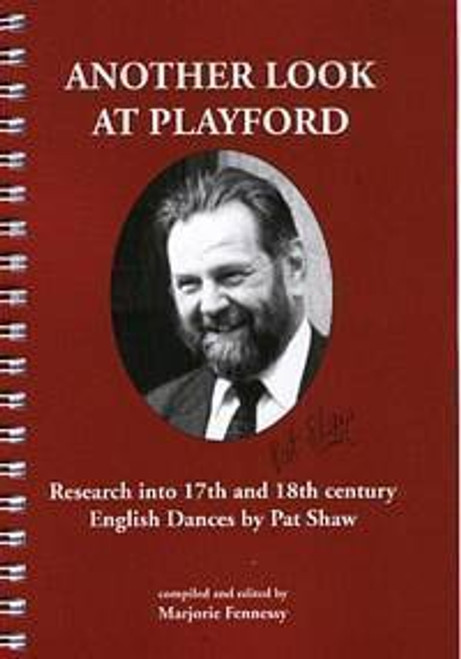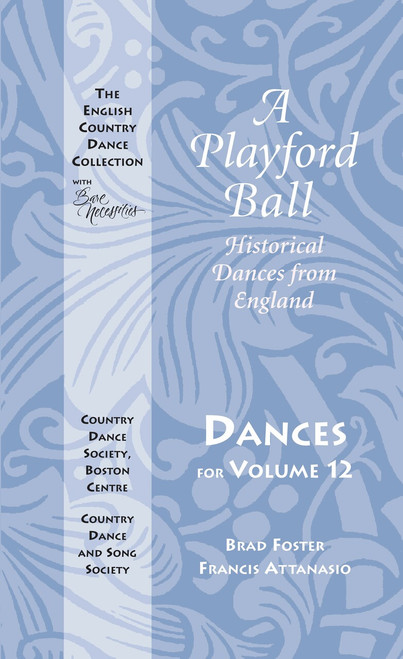Another Look at Playford: Research into 17th and 18th Century English Dances by Pat Shaw
Pat Shaw did invaluable research into dance, music and song throughout his life and amassed a vast collection of dances, mainly from the 17th and 18th centuries. From 1959 to 1972 he led a monthly English Country dance event at Cecil Sharp House entitled “Another Look at Playford” to study and dance some of the dances, first published by John Playford, in the “The English Dancing Master” Volume I in 1651, through its eighteen editions, and the two further Volumes up to 1728. He also included some of the dances of that period which Cecil J. Sharp had published in “The Country Dance Book” Part II (1911), Part III (1912), Part IV (1916) with George Butterworth and Part VI (1922).
Although he began with the dances published by John Playford, Pat Shaw then enlarged his research to include other publishers (and composers), particularly Thomas Bray 1699, Raoul Auger Feuillet 1706, John Essex 1710, Nathaniel Kynaston 1710 and Thos. Wilson’s “Companion to the Ball Room” 1820 – in total around twenty of them spanning over 150 years.
Another research interest of his related to English dances with Dutch titles, which were first printed in 1960 by NVS as “Holland as seen in the English Country Dance 1713-1820” (2nd edition in 2002).
Pat also tried out some dances he composed himself to Dutch tunes of the 17th and 18th centuries and these were printed in “New Wine in Old Bottles” 1974. (new edition 1996).
Although Pat Shaw always had the greatest regard for the work of Cecil Sharp and his collaborators, he felt that, when he looked at the original sources, some of their interpretations were not entirely accurate. One that is currently recognised is Mr Beveridge’s Maggot, the movements of which had been extended by Cecil Sharp to a second ‘B’ section, which was not shown in the original.
Pat had great difficulty in convincing dancers that he could be correct, as many of them at that time felt that the interpretations of Cecil Sharp were unassailable. Where Cecil Sharp put different tunes to dances, Pat wanted to experiment by replacing the original tunes. He also tried out the original dances to the tunes which Cecil Sharp had used.
This volume contains a representative selection of favourites and “new” dances and is intended to reflect the wide range of his interests. It is with great regret that all the dances which Pat tried out cannot be included, but here are 120 of them to enjoy.
We all owe Pat Shaw a very great debt as he brought so many beautiful and enjoyable dances to our attention and opened up to us the treasures in our Libraries for us to continue to explore. It is hoped that the dances in this book will bring renewed interest and pleasure to all in the wealth of our heritage.
Marjorie Fennessy
From 1959 to 1972 Pat Shaw led a monthly English Country dance event at Cecil Sharp House entitled “Another Look at Playford” to study and dance some of the dances, first published by John Playford, in the “The English Dancing Master” Volume I in 1651, through its eighteen editions, and the two further Volumes up to 1728. He also included some of the dances of that period which Cecil J. Sharp had published in “The Country Dance Book” Part II (1911), Part III (1912), Part IV (1916) with George Butterworth and Part VI (1922).








